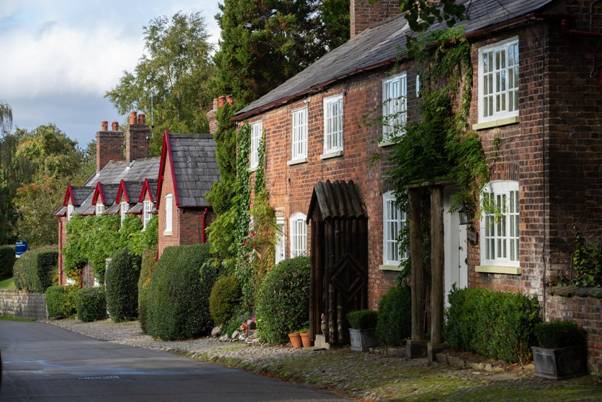Home Owners Tips
What Are The Most Common Home Extensions?

Once that first foot is on the property ladder, homeowners are no longer looking for bigger and better. To save costs and maximise space, more property owners are turning to extensions than ever before. From larger kitchens to bigger bedrooms, one-storey renovations to whole home makeovers, extensions are an incredibly popular way to make the most of your space.
But with so many extensions out there, which are the most popular?
1. Single-storey rear extensions
The most common form of house extension, according to research conducted by Churchill, single-storey extensions are a great option for many properties. As an easy and practical way to extend ground-floor space, many single-storey extensions take the form of dining rooms and kitchens. Because of their practicality and low profile, these extensions are the most likely to have planning permissions approved. They’re also generally less disruptive than other forms of extensions, requiring relatively little use of the rest of the house.
2. Double-storey extension
Double-storey extensions are often the size and scale of the existing property, adding on extra rooms in the garden or owned outdoor spaces. Essentially, double-storey extensions involve adding a whole additional section to a home, and as such, they require far more detailed planning and often a lengthy construction process. They can also be more costly, due to the additional construction requirements. All that extra effort comes with extra rewards however; bringing substantially more space to your property.
3. Loft conversions
Adding premium space to your home without requiring extensive building works, loft conversions are the perfect way to make the most of unused space. Planning permission requirements are usually less stringent, too, especially if you aren’t planning to do much outside building work. Often used for a bedroom or office spaces, loft conversions are an excellent first step for those considering extensions on a smaller budget.
4. Garage extensions and conversions
Garage extensions and conversions can be another time-effective and budget-friendly option if they’re done in the right way. Again, if you’re not planning on many external changes, a pre-existing building can allow for a quick and easy conversion with few planning issues. For those building a garage onto your property, specific regulations and requirements may apply – but the actual cost of the build may be lower, as strict living requirements don’t need to be met in many cases.
5. Basement conversions
Basement conversions are another incredibly popular option for extension. While many modern and new-build properties don’t have basements, older homes often have plenty of unused space just waiting to be taken advantage of. While planning permissions and regulations are in place for basement extensions and conversions, these rules mean that basements can be entirely safe and liveable – perfect for living spaces or even kitchens if done correctly.
6. Conservatories and orangeries
You might not consider an orangery or conservatory a real extension, but in reality, they need planning permission and sign-offs all the same. If you want to add a little more light to your home, then investing in a glass or window-based extension is an excellent choice. While conservatories remind many of old-fashioned or dated styles, modern conservatories of glass spaces are anything but. Anything from expansive pane windows to infinity-style orangeries is now commonplace, meaning there’s something to suit just about every home.
Which extension is right for me?
For the most part, homeowners investing in extensions have one thought in mind: adding additional space into their living areas. But picking the right extensions is all about knowing the kind of space you’d like to add. For more living space, as well as adding on additional bedrooms and bathrooms, a two-storey extension would work. For just a little extra dining space, a single-story extension could add dimension and interest to the home. Loft conversions are fantastic for office spaces, while garage conversions can make great outbuilding spaces or even gyms.
There’s no one way to do extensions – the final choice is down to you. But gaining proper planning permission is a step that shouldn’t be missed when it comes to investing your hard-earned cash into your home.
Photo by Jonathan Farber on Unsplash





